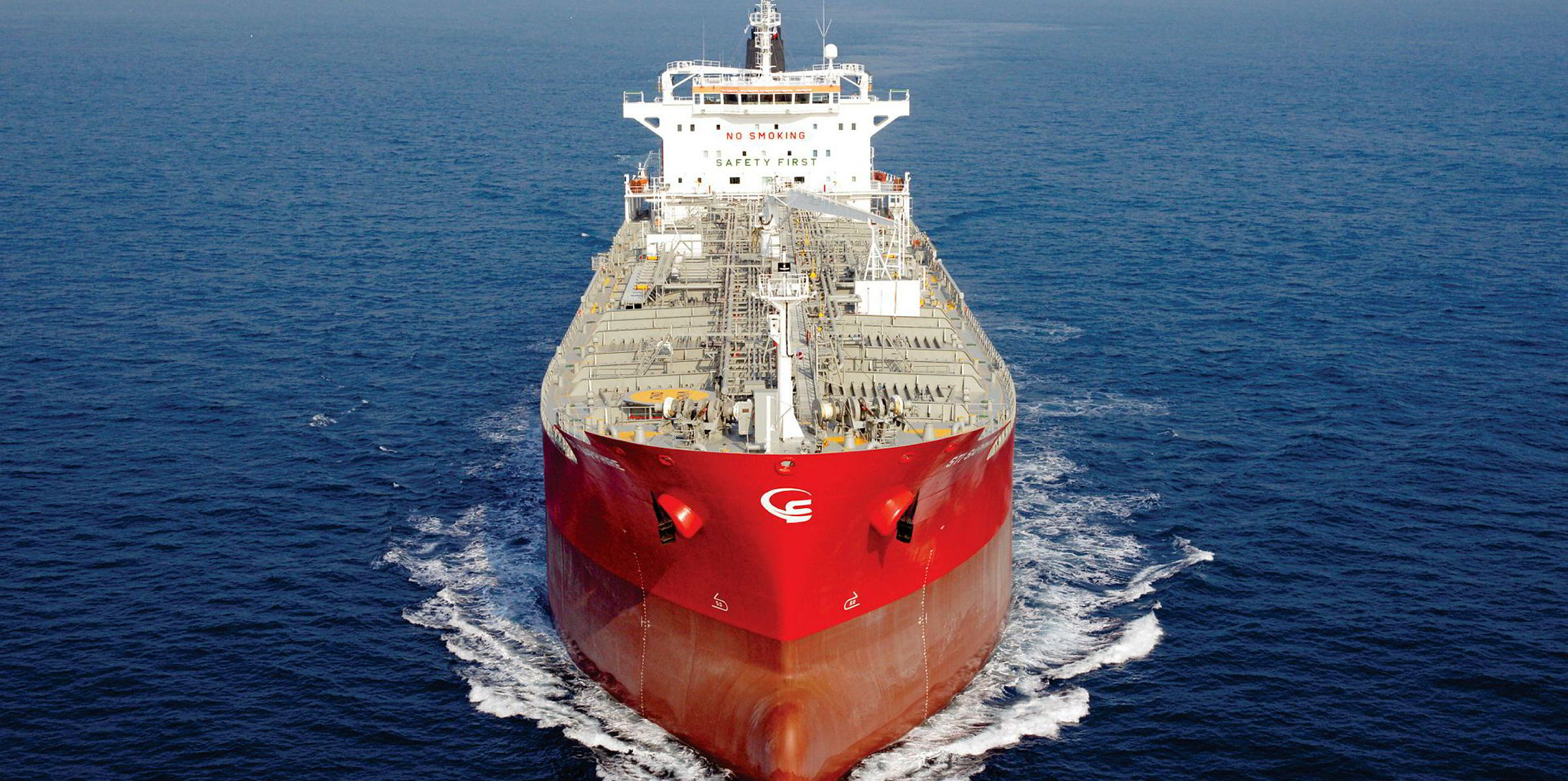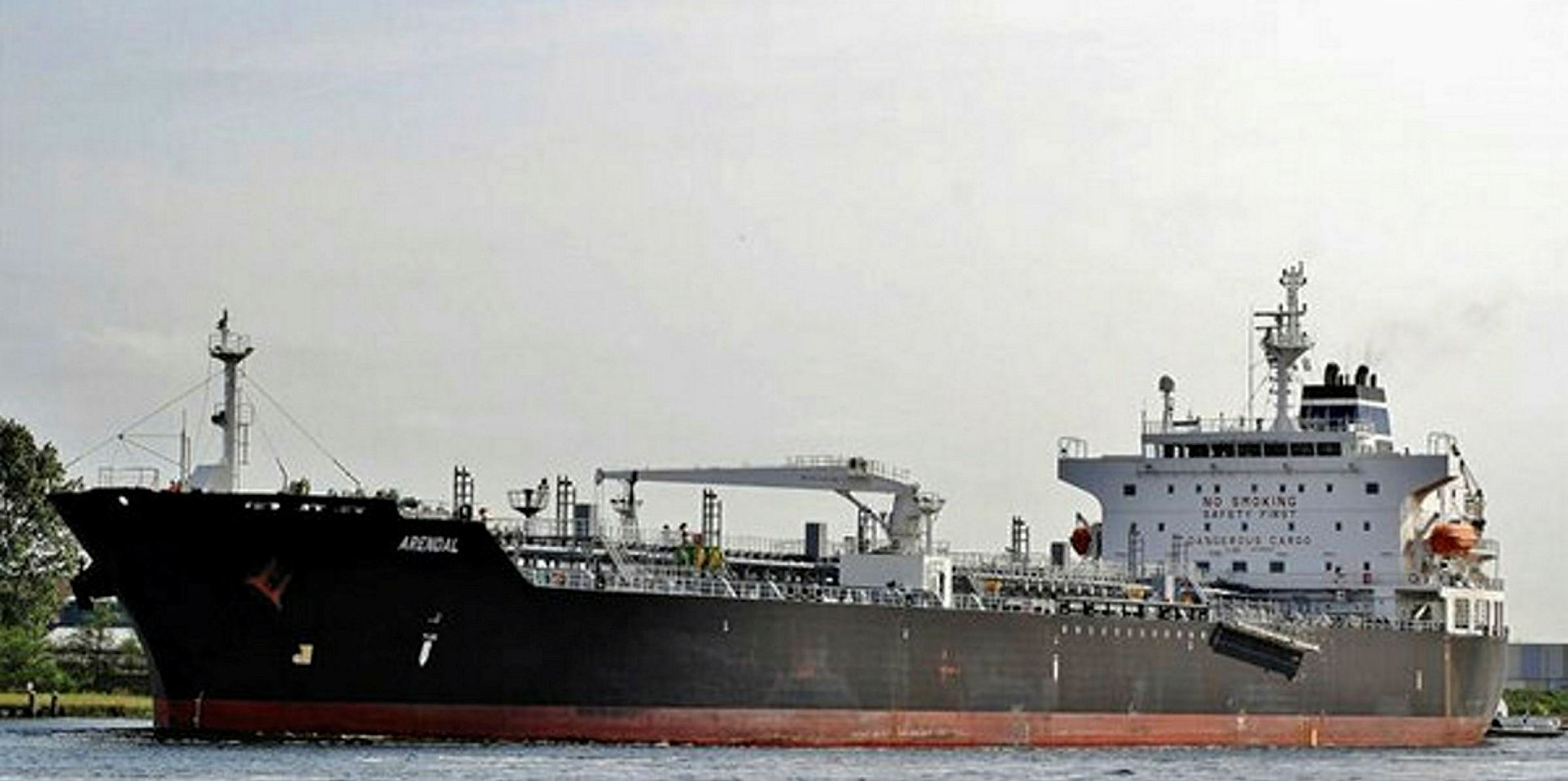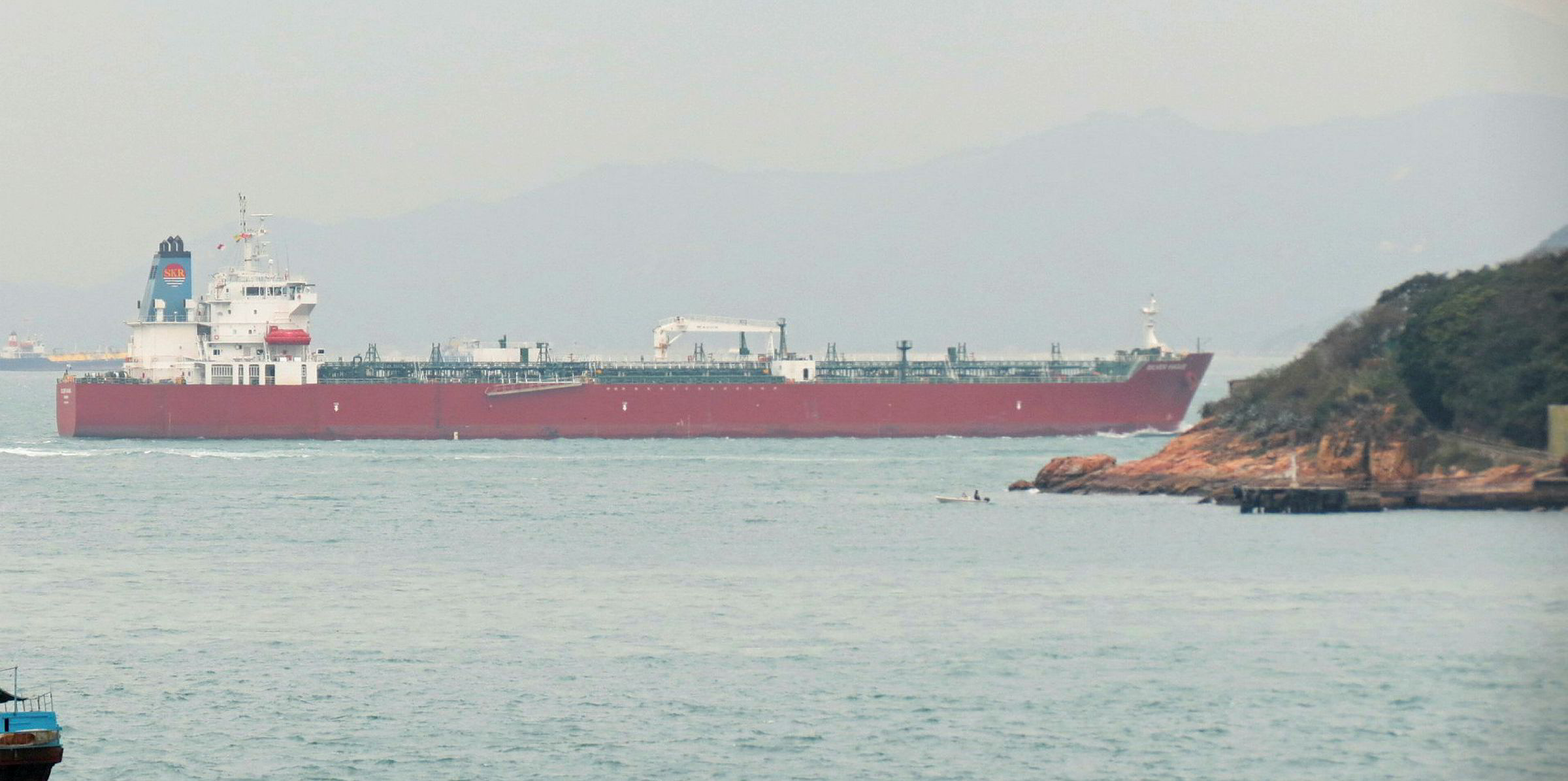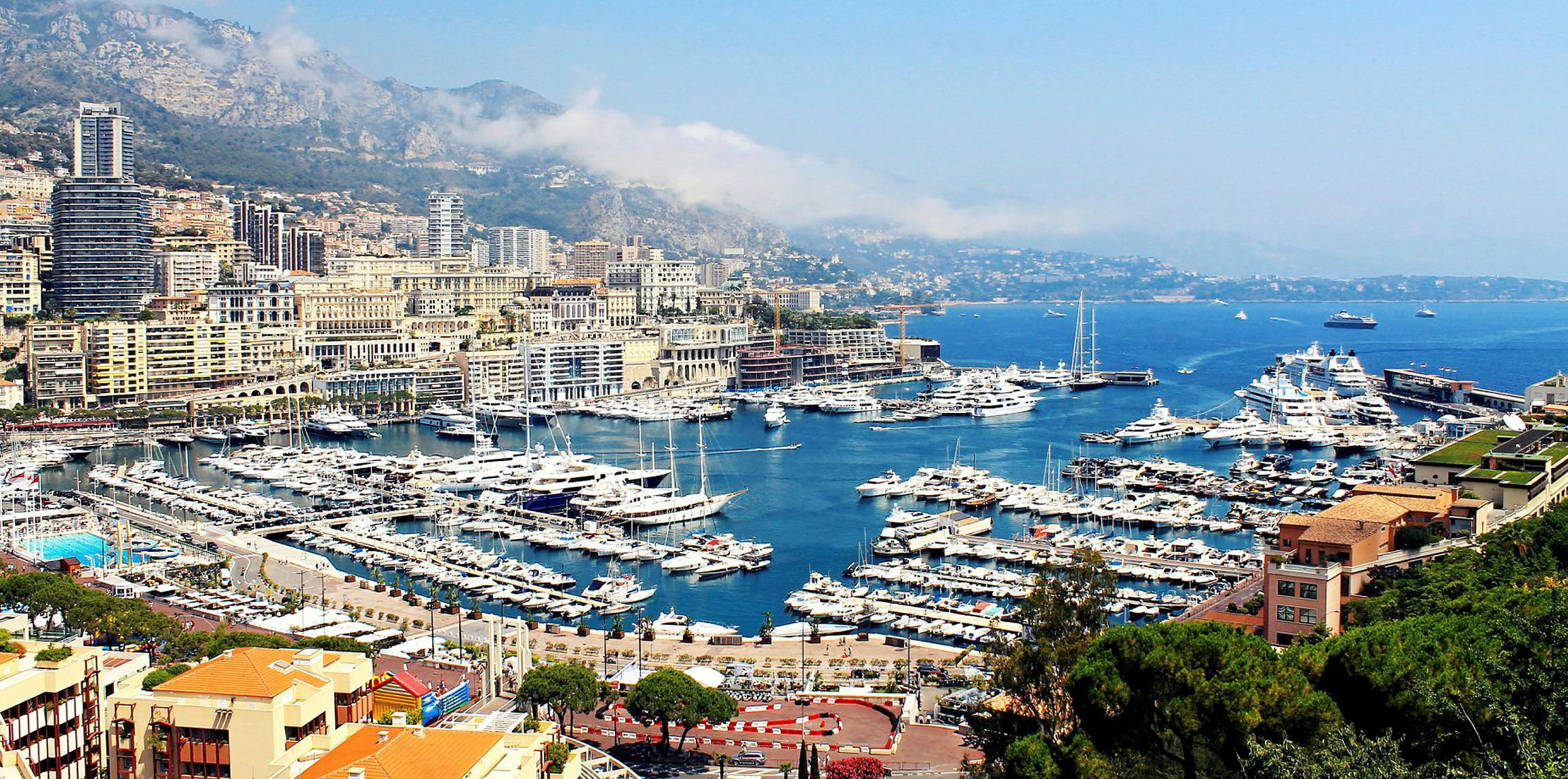MR tanker markets have found renewed strength after a winter of gloom, riding on buoyant Atlantic trades and predicted incremental demand due to the looming IMO 2020 sulphur cap.
The Atlantic triangulation rate was assessed by the Baltic Exchange at $20,638 per day earlier this week, the highest since early January, with high exports of petroleum products from north-west Europe and the US Gulf.
Spot earnings on the north-west Europe-US Atlantic coast route have increased by almost 200% this month to slightly above $20,000 per day, with US firms hiking gasoline imports ahead of the summer driving season amid falling inventories, according to market participants.
Open window
“The gasoline arbitrage window for European exports is quite open … [That leads to] increasing demand for MRs,” McQuilling Partners’ senior shipping advisor Stefanos Kazantzis told TradeWinds.
A London-based broker said: “The rate should move higher [looking forward] … There are lots of cargoes [in north-west Europe] and the tonnage list hasn’t grown much over the weekend."
Data from Kpler shows gasoline exports from the Amsterdam-Rotterdam-Antwerp region to the US Atlantic coasts have averaged 136,000 barrels per day (bpd) in March, the highest in 10 months and up 80,000 bpd from February.
Seasonal refinery maintenances, which typically occur in the spring, are among the reasons to support the increase in imports
Kpler
“Seasonal refinery maintenances, which typically occur in the spring, are among the reasons to support the increase in imports,” the cargo intelligence provider said in a note.
Gasoline stocks fall
With lower production of refined products during the maintenance season, figures from the Energy Information Administration suggest US gasoline stocks dropped to 64 million barrels as of 15 March, from the mid-February level of 67.6 million barrels.
The European market strength can be exacerbated by limited ballasting of ships from the US Gulf, where the tonnage condition is tight due to healthy cargo flows to Latin America, according to some analysts.
“Generally speaking, you have consistent activity from the US Gulf to Central and South America,” said Kazantzis, adding that utilisation rates at Mexican, Colombian and Brazilian refineries have been below normal levels.
Based on Poten & Partners’ assessments, spot MR earnings on the US Gulf-South American east-coast route were $14,400 per day at the beginning of this week, up from $8,800 a week ago.
The spike in earnings has come as some US refineries are coming back online after routine maintenance, Stifel said in a note.
Bright prospects
Aside from robustness in spot trading, rising period rates for MR vessels have underscored longer-term market optimism.
According to Braemar ACM, the one-year rate for a MR has risen to $14,000 per day, while an eco-ship in the same segment can fetch $15,750 per day.
Among recent fixtures reported by brokers, BP chartered the 50,000-dwt Luctor (built 2011) for one year at $14,250 per day. Trafigura fixed the 49,000-dwt Dalmacija (built 2015) for 12 months at $16,000 per day, with an option to extend by another year at $16,800 per day.
The market confidence largely results from the forthcoming IMO bunker regulations, which will reduce the sulphur content limit from 3.5% to 0.5% next year, according to some analysts.
Compliant fuel concerns
The International Energy Agency predicts demand for marine gasoil will increase to two million bpd in 2020 from 900,000 bpd this year, assuming that the stability and availability of other types of compliant fuels will be in doubt for some time.
Certainly centres for marine fuel distribution will need to undergo inventory changeovers months in advance of 2020
Stifel
This is widely expected to trigger more gasoil shipments across continents in the quarters to come.
“Certainly centres for marine fuel distribution will need to undergo inventory changeovers months in advance of 2020, and given the time needed to ship and build inventories, it could potentially be a six-month implementation period,” Stifel said.
“However, there have already been some pre-emptive moves by a number of players to position inventory in advance, so we suspect the beginning of an IMO upturn could be forming now.”






